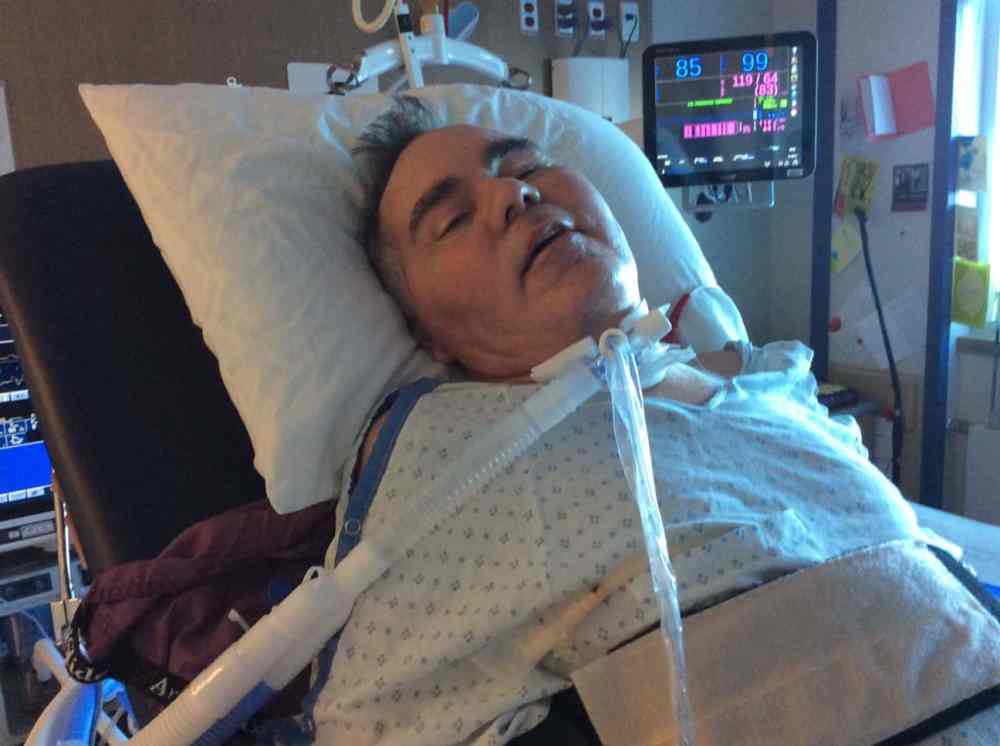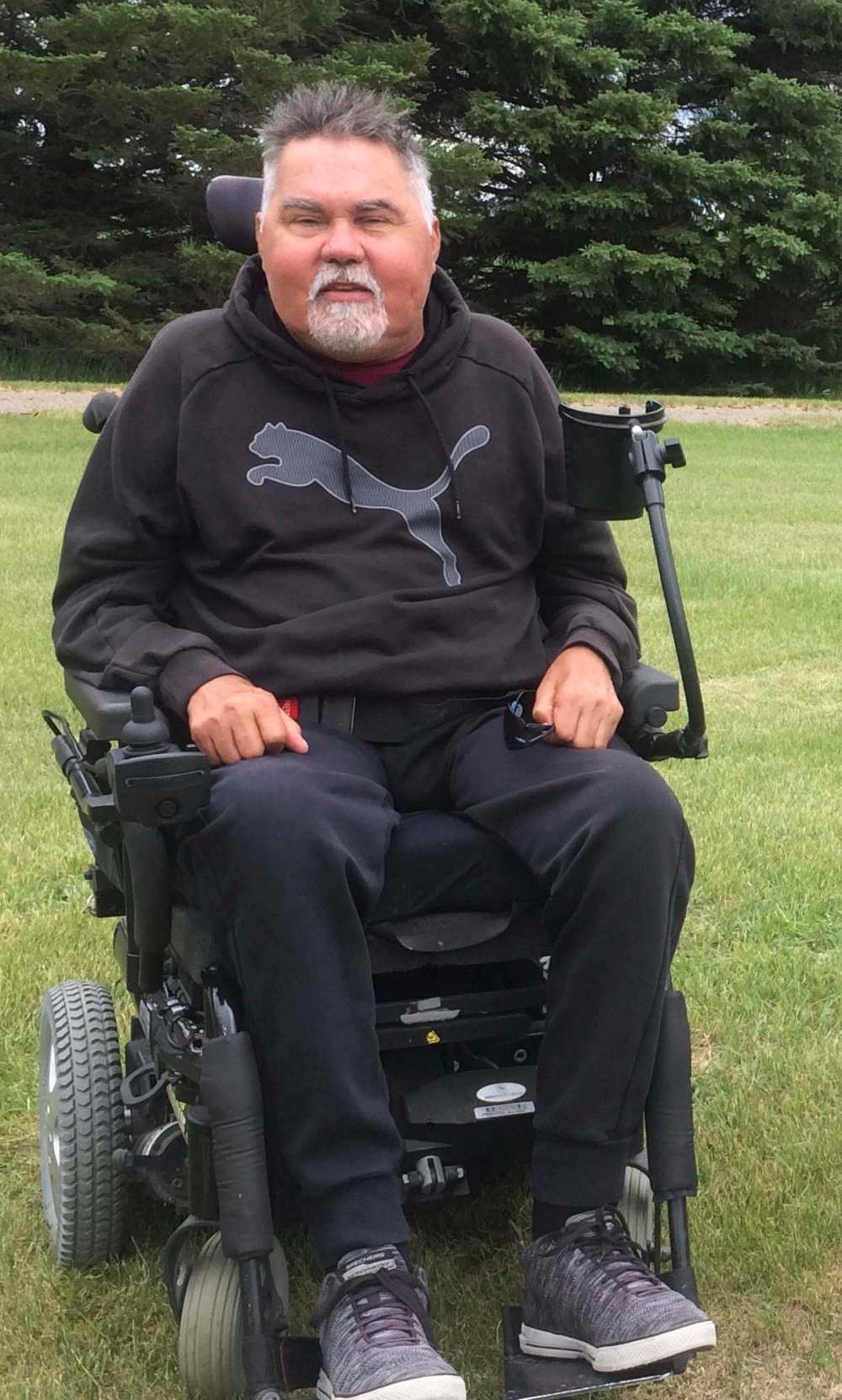The toll of West Nile virus Survivor speaks out as province warns conditions perfect to hatch mosquitoes that carry disease
Read this article for free:
or
Already have an account? Log in here »
To continue reading, please subscribe:
Monthly Digital Subscription
$0 for the first 4 weeks*
- Enjoy unlimited reading on winnipegfreepress.com
- Read the E-Edition, our digital replica newspaper
- Access News Break, our award-winning app
- Play interactive puzzles
*No charge for 4 weeks then price increases to the regular rate of $19.00 plus GST every four weeks. Offer available to new and qualified returning subscribers only. Cancel any time.
Monthly Digital Subscription
$4.75/week*
- Enjoy unlimited reading on winnipegfreepress.com
- Read the E-Edition, our digital replica newspaper
- Access News Break, our award-winning app
- Play interactive puzzles
*Billed as $19 plus GST every four weeks. Cancel any time.
To continue reading, please subscribe:
Add Free Press access to your Brandon Sun subscription for only an additional
$1 for the first 4 weeks*
*Your next subscription payment will increase by $1.00 and you will be charged $16.99 plus GST for four weeks. After four weeks, your payment will increase to $23.99 plus GST every four weeks.
Read unlimited articles for free today:
or
Already have an account? Log in here »
Hey there, time traveller!
This article was published 15/07/2021 (1608 days ago), so information in it may no longer be current.
It’s a cruel irony for a man whose nickname is “Lucky.”
Five years ago, John Hughes started feeling sick. They next day, he could barely move. He was in and out of consciousness as he was taken to the Health Sciences Centre, before slipping into a coma. He stayed that way for three months. When he came out of it, he was paralyzed and had a feeding tube down his throat.
“I would move my eyebrows twice for ‘no’ and once for ‘yes,’” said the 56-year-old.
He was afraid and felt helpless. He knew he was in the hospital and could hear people talking, but he couldn’t reach out to them, touch them, or ask them questions.
The diagnosis: West Nile virus.

“One mosquito, out of millions, carrying that damn virus bit me, and that’s all it took,” said Hughes, who was reeve of the RM of Roland, southwest of Winnipeg, from 2014 to 2018.
“It’s like COVID,” said Hughes. “People who don’t believe it and don’t think it can happen to them — it can. And when it does, it can devastate your life.”
Prevention tips
• reduce the amount of time spent outdoors during peak mosquito hours between dusk and dawn
• use an appropriate mosquito repellent
• wear light-coloured, loose-fitting clothing with long sleeves and pant legs
• maintain door and window screens
• clean and empty yard items that collect water
The province warned on Thursday that the severe heat and drought have created ideal conditions to spawn the Culex tarsalis mosquitoes that carry the virus. Seventy to 80 per cent of people infected with it have no symptoms, but it can be devastating and even fatal. Symptoms include nausea, vomiting, difficulty swallowing, loss of co-ordination and paralysis.
Hughes still hasn’t recovered fully.
“I was working my ass off for two and half years trying to get my strength back, and I hit a plateau and it just wouldn’t come back,” he said.
He will use a wheelchair for the rest of his life. Once a reeve, a construction project manager, and a firefighter, Hughes said he can’t do much more than transfer to his riding mower to cut the lawn.
“Other than that, I’m as useless as a turntable,” he quipped.

It’s also taken an emotional toll.
“If you had any faith, you question why. I’ve always considered myself a good guy, then this happens. I’ve helped my community all my life,” he said. “Why did I deserve it?”
In Manitoba, there were 112 cases of West Nile in Manitoba from 2012 to 2018. Nearly 40 per cent of the people infected wound up in hospital and 11 required intensive care.
Since then, there have been no cases and no mosquitoes caught in traps have tested positive for the virus.
While many of the usual egg-laying spots for Culex tarsalis mosquitoes have dried up in blistering heat, smaller rivers and creeks have stopped flowing and have created stagnant pools that are perfect breeding grounds.
To combat these conditions, the City of Winnipeg will conduct larval control in high-risk spots — the Seine River, Omand’s Creek, Sturgeon Creek and possibly other unspecified places.
The province urged people to use an abundance of caution, pointing out the health-care system is under an immense burden because of COVID-19.
Symptoms of West Nile generally appear within two to 15 days after infection. Lesser symptoms include fever, headache, body aches, mild rash and swollen lymph glands.
cody.sellar@freepress.mb.ca







